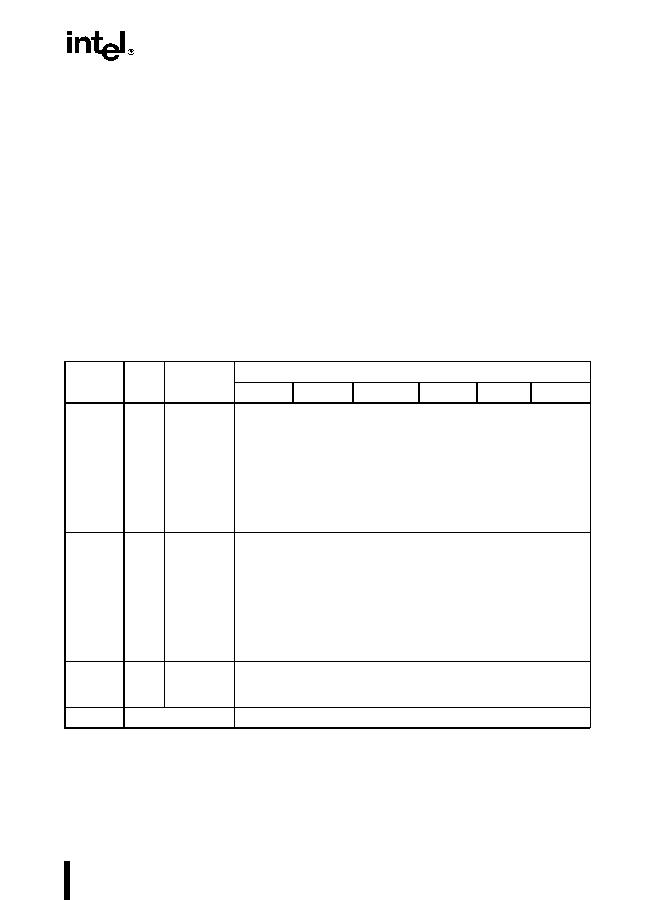7-29
FLOATING-POINT UNIT
If the integer indefinite is stored in memory and is later loaded back into an FPU data register,
it is interpreted as the largest negative number supported by the format.
7.4.3.Decimal Integers
Decimal integers are stored in a 10-byte, packed BCD format. Table 7-8 gives the precision and
range of this data type and Figure 7-17 shows the format. In this format, the first 9 bytes hold
18 BCD digits, 2 digits per byte (refer to Section 5.2.3., BCD Integers in Chapter 5, Data
Types and Addressing Modes). The least-significant digit is contained in the lower half-byte of
byte 0 and the most-significant digit is contained in the upper half-byte of byte 9. The most
significant bit of byte 10 contains the sign bit (0 = positive and 1= negative). (Bits 0 through 6
of byte 10 are dont care bits.) Negative decimal integers are not stored in two's complement
form; they are distinguished from positive decimal integers only by the sign bit.
Table 7-11 gives the possible encodings of value in the decimal integer data type.
NOTE:
* UUUU means bit values are undefined and may contain any value.
The decimal integer format exists in memory only. When a decimal integer is loaded in a data
register in the FPU, it is automatically converted to the extended-real format. All decimal inte-
gers are exactly representable in extended-real format.
Table 7-11. Packed Decimal Integer Encodings
Magnitude
ClassSign
digitdigitdigitdigit...digit
Positive
Largest000000001001100110011001...1001
.
.
.
.
.
.
Smallest
000000000000000000000000...0001
Zero000000000000000000000000...0000
Negative
Zero100000000000000000000000...0000
Smallest
100000000000000000000000...0001
.
.
.
.
.
.
Largest100000001001100110011001...1001
Decimal
Integer
Indefinite
1111111111111111UUUU*UUUU...UUUU
<
1 byte
®
9 bytes
>

